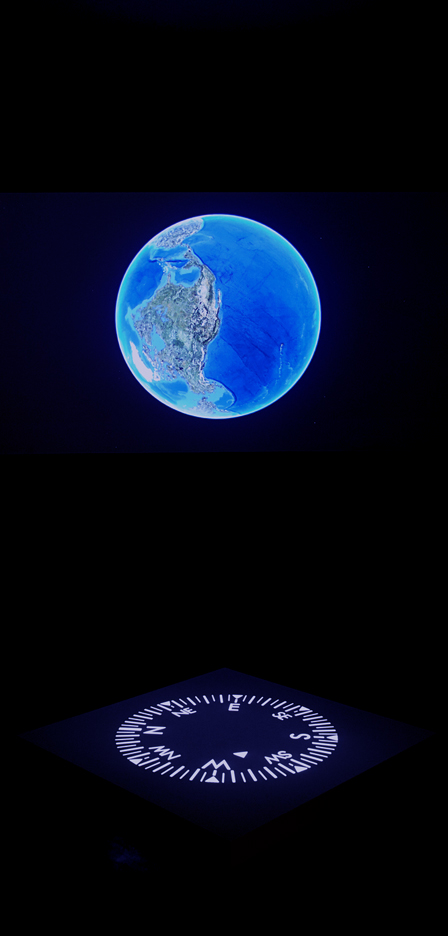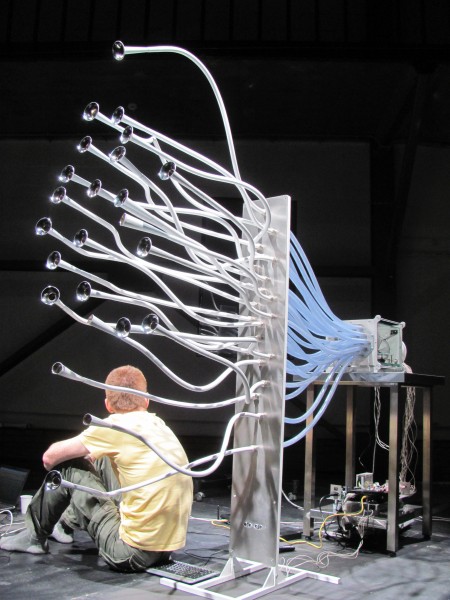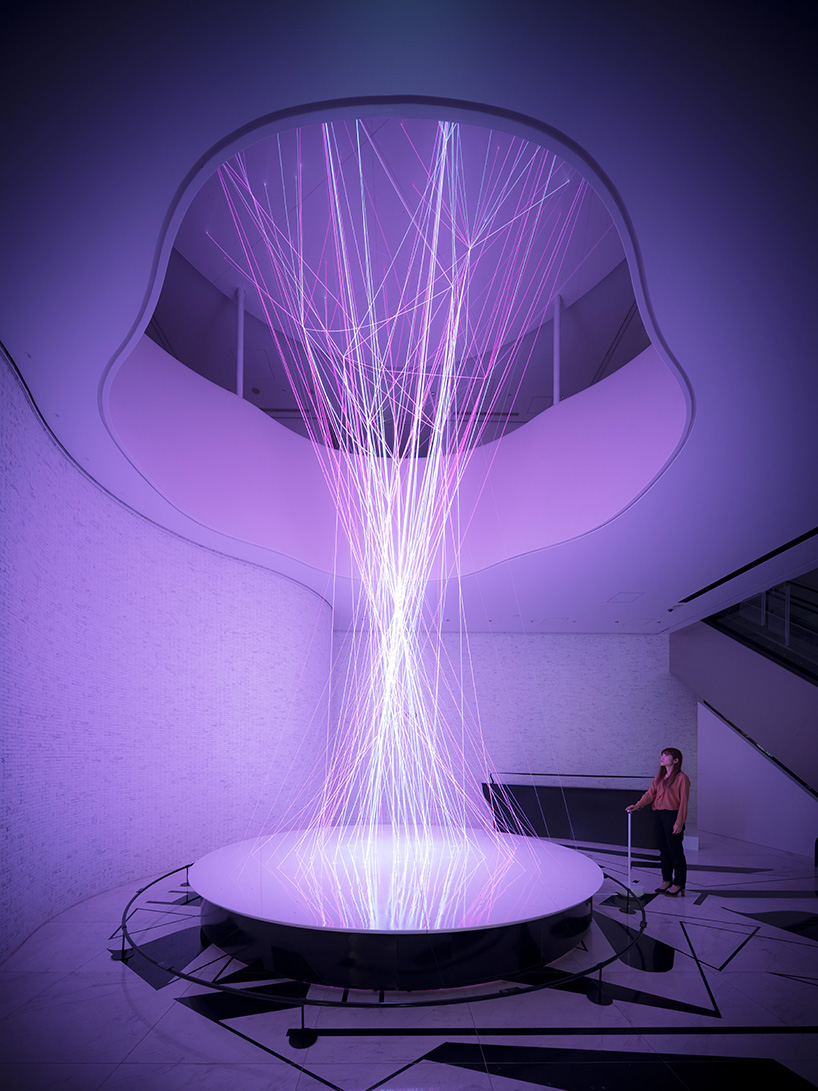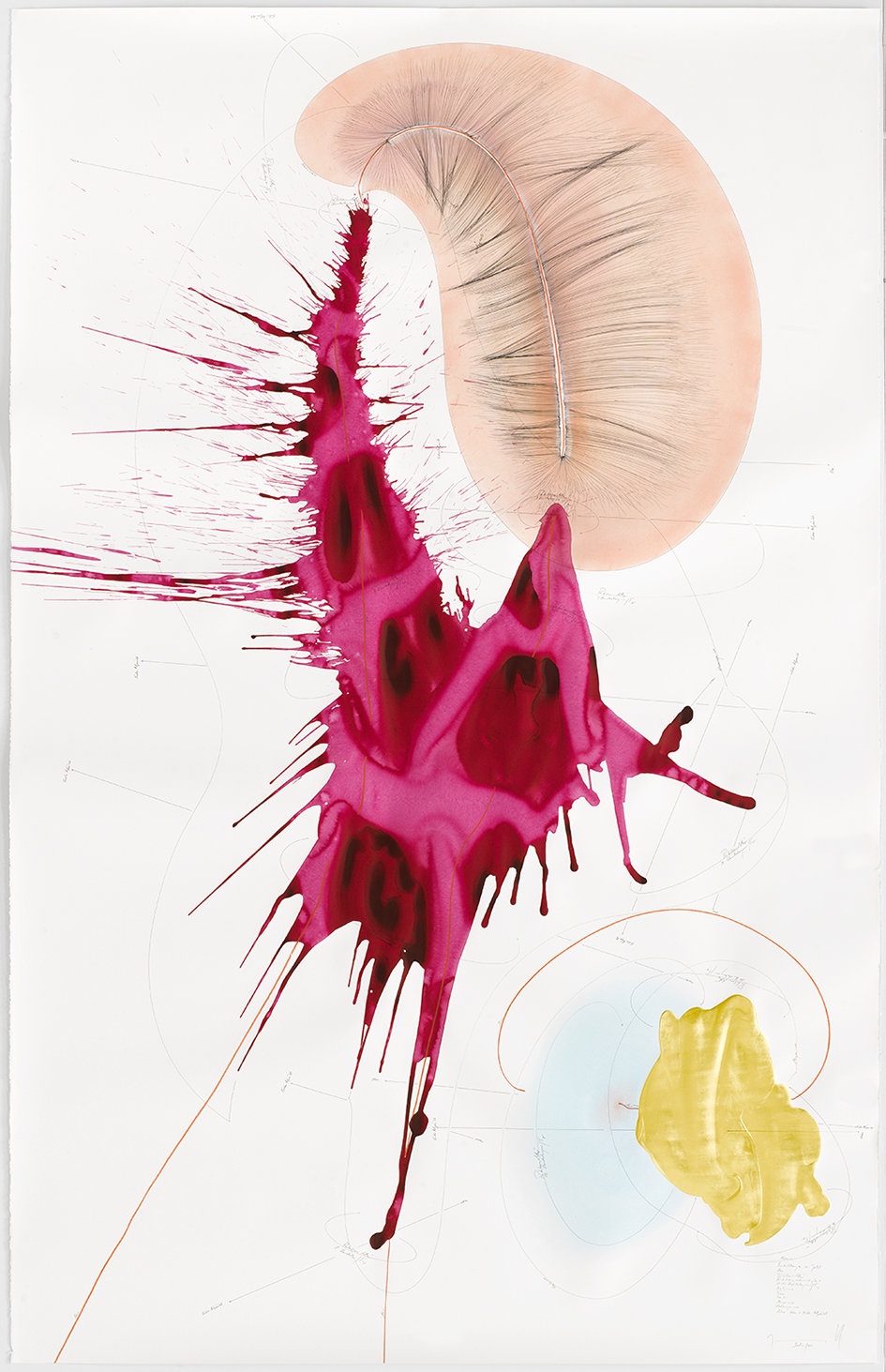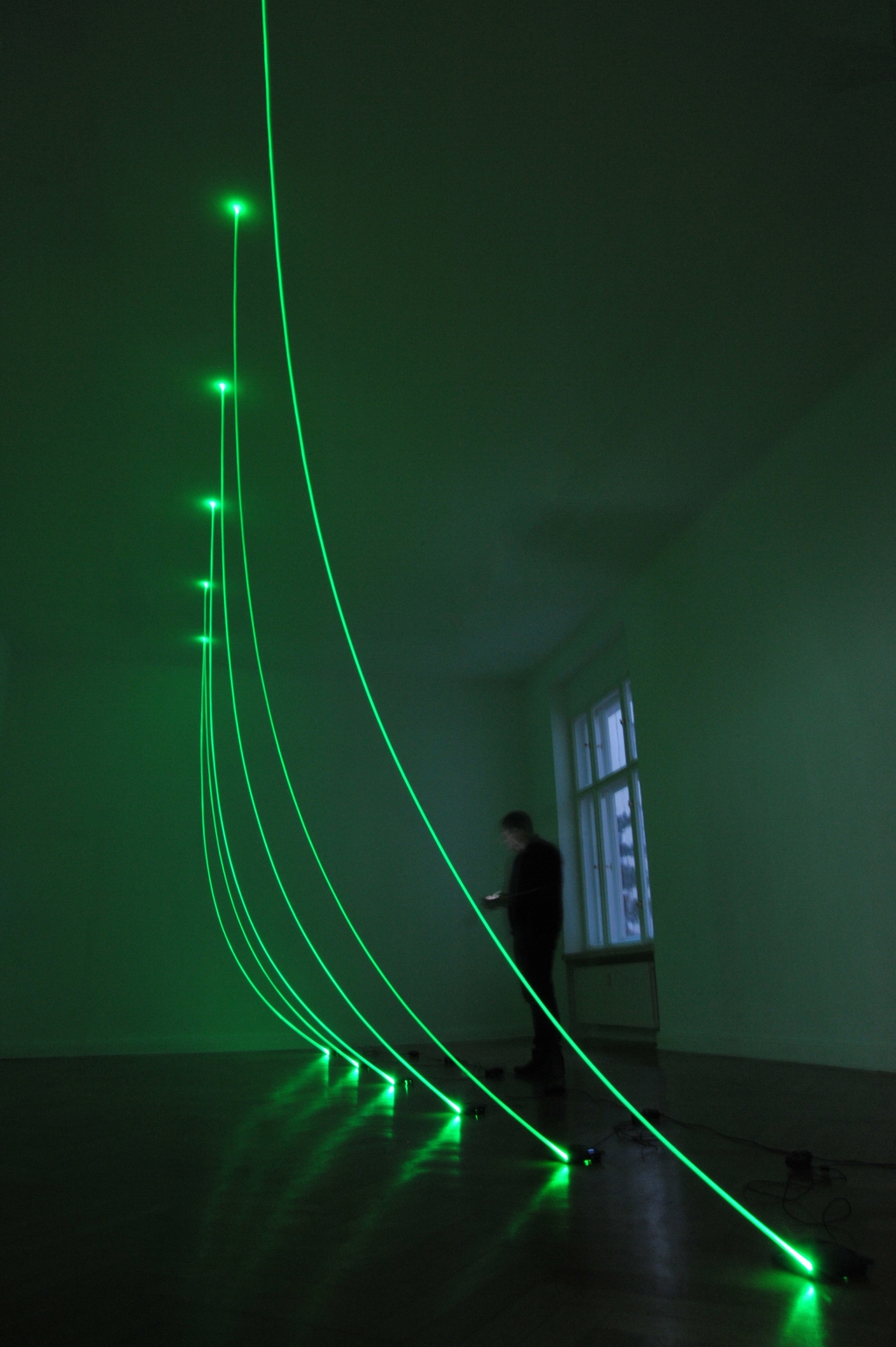
UVA UNITED VISUAL ARTISTS
Present Shock
Present Shock confronts the viewer with a barrage of statistical clocks representing real-time information about the world—from life-changing global events to the banal trivia of everyday existence—highlighting how the speed and volume of data in the Information Age present new challenges to our limited cognitive apparatus. Many of the statistics presented occur at timescales and spatial horizons that similarly defy our perception or comprehension. Disturbing the inertia of the here and now, they reveal the fluctuating state of dynamic transformation that characterizes life on earth.










